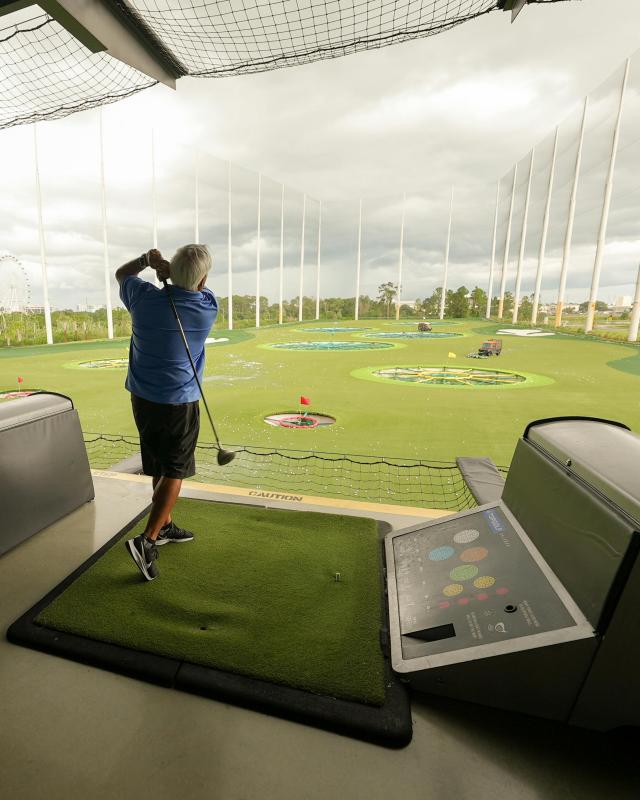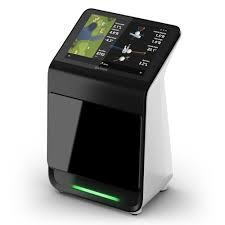When you're diving into the world of golf, picking the right type of clubs can feel a bit overwhelming. There are a bunch of different clubs, each serving its purpose on the course. Here’s a quick breakdown to help you find what suits your style best.
1. Woods: These clubs are great for hitting the ball far. You’ll typically use a driver, which has a larger head for maximum distance off the tee. If you're looking for long-range hits, woods are your go-to.
2. Irons: These clubs are perfect for your approach shots. They come numbered from 3 to 9, with lower numbers hitting the ball further and higher numbers giving you more control and accuracy. Starting out, you might want a combination of different irons to cover various distances.
3. Wedges: Think of wedges as your short game saviors. They help with those tricky shots around the green or when you’re in the sand. The most common types are pitching, sand, and gap wedges. A couple of wedges in your bag can make a big difference in your game.
4. Putters: Your putter is your best friend on the greens. It’s all about precision here. There are various styles, so try a few out to see which feels best in your hands. Whether you prefer a blade or a mallet style, remember—it’s all about sinking those final strokes.
Take some time to visit a store or a golf shop where you can hold the clubs and get a feel for what works for you. Asking questions and trying out different types can really help you make the right choice. Happy golfing!
Understanding Club Materials and Features
First up, let’s talk about materials. Most clubs are made from either stainless steel or graphite. Steel is heavy and offers great control, making it a popular choice for iron clubs. It’s perfect for players who want a solid feel and better accuracy. On the other hand, graphite is lighter and helps generate faster swings, which can be super beneficial for beginners still finding their groove.
Next, consider the features! The clubhead design plays a crucial role in how the club performs. For instance, oversized clubheads are fantastic for beginners. They provide a larger sweet spot, which means you have more room for error when making contact with the ball. This can help you hit straighter shots more often!
Also, don’t overlook shaft flexibility. Softer shafts are great for those who might not swing very fast yet, as they can help create more distance. If you swing faster, you might prefer a firmer shaft for better control. It’s all about finding what feels comfortable for you.
Lastly, club loft is another key feature. Loft refers to the angle of the clubface and affects how high the ball goes. Higher lofts are generally easier to get the ball in the air, making them ideal for new players. Pay attention to this when shopping, as it can really help with your game as you learn!
Finding Your Perfect Club Size and Fit
When it comes to buying your first golf clubs, one of the most important factors to consider is the size and fit of the clubs. Using clubs that match your height and swing style can make a big difference in your game. Let’s break down what you need to know!
First off, height matters! If you're on the taller side or shorter, you’ll want to adjust your club length accordingly. Stand straight up and hold a club down at your side. The grip should touch the ground roughly where your wrist ends. Here’s a quick way to assess what length you might need:
Next up is club fitting! Some stores offer fittings where experts can help you find the right clubs based on your swing. They’ll look at your grip size, stance, and swing path to ensure you’re using what feels best for you. If a fitting isn’t possible, pay attention to how the clubs feel when you hold them. You want something comfortable and easy to swing.
Finally, don’t forget about the grip! A proper grip size is crucial for control and comfort. Your hands should comfortably wrap around the grip without excessive pressure. Larger hands generally benefit from thicker grips, while smaller hands might prefer thinner ones. Test a few out to see what feels right!
Budgeting for Your First Set of Clubs
When you're getting ready to buy your first set of golf clubs, it’s important to think about your budget. Golf can be a fun but sometimes pricey sport, so having a clear idea of what you can spend will help you make better choices. Start by figuring out how much you're comfortable investing in your clubs. Remember, it doesn’t have to break the bank!
Here are a few tips to keep in mind:
Also, think about what you really need. As a beginner, you don’t have to buy a full set right away. A few essential clubs like a driver, a putter, and a couple of irons can get you started without overwhelming your wallet. Plus, you can always add more clubs as you improve and feel ready to expand your collection.
Lastly, don’t forget to factor in additional expenses like grips, bags, and maybe even a few lessons. Having everything in mind can give you a clearer picture of what your overall investment will be. Happy golfing!



